5 Ways You'll Be Seduced into Buying More This Year
You know that skinny mirrors and oversize shopping carts can make you open your wallet. But what about these five other techniques?
By Jena Pincott
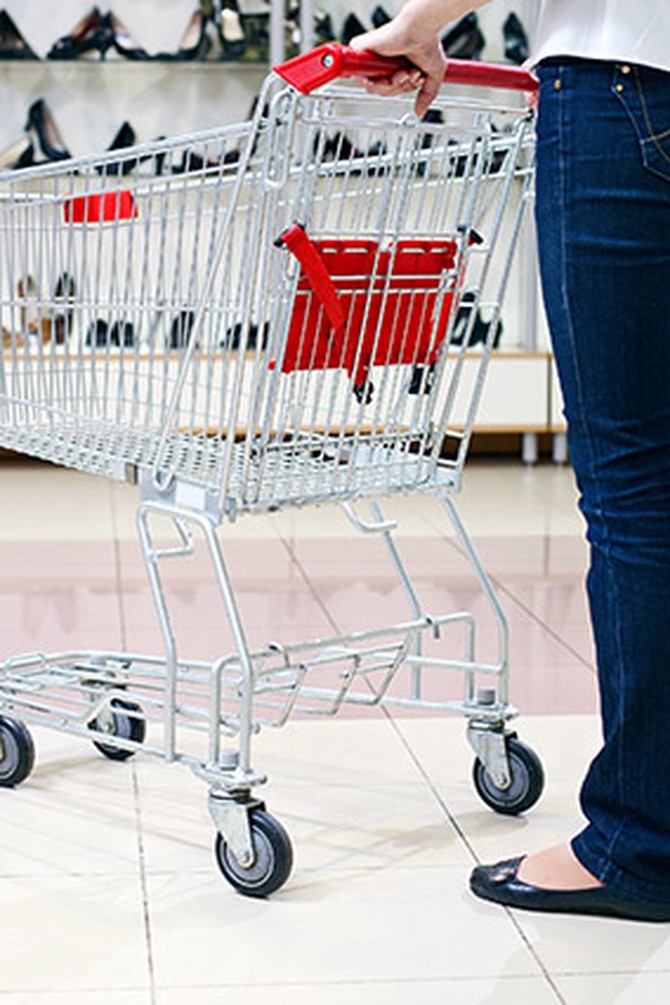
Photo: Thinkstock
What lures you in: The flooring of your favorite store
How it keeps you spending: Standing on a soft carpet makes objects from a distance, or in dim light, seem cozier and more comfortable than they would seem if you were standing on a hard surface...a perception that may help pave the way to more furniture or home-furnishing sales, found Joan Meyers-Levy, PhD, a professor of marketing at the University of Minnesota's Carlson School of Management. A floor with tiny, uneven tiles causes your cart to rattle noisily, making you think you're moving faster than you really are, so, naturally, you slow down...and buy more stuff. Smooth, friction-free floors may also work on our unconscious, says Dr. Meyers-Levy, by luring us onward (to the food court, for instance) with a sense of ease and efficiency.
How it keeps you spending: Standing on a soft carpet makes objects from a distance, or in dim light, seem cozier and more comfortable than they would seem if you were standing on a hard surface...a perception that may help pave the way to more furniture or home-furnishing sales, found Joan Meyers-Levy, PhD, a professor of marketing at the University of Minnesota's Carlson School of Management. A floor with tiny, uneven tiles causes your cart to rattle noisily, making you think you're moving faster than you really are, so, naturally, you slow down...and buy more stuff. Smooth, friction-free floors may also work on our unconscious, says Dr. Meyers-Levy, by luring us onward (to the food court, for instance) with a sense of ease and efficiency.
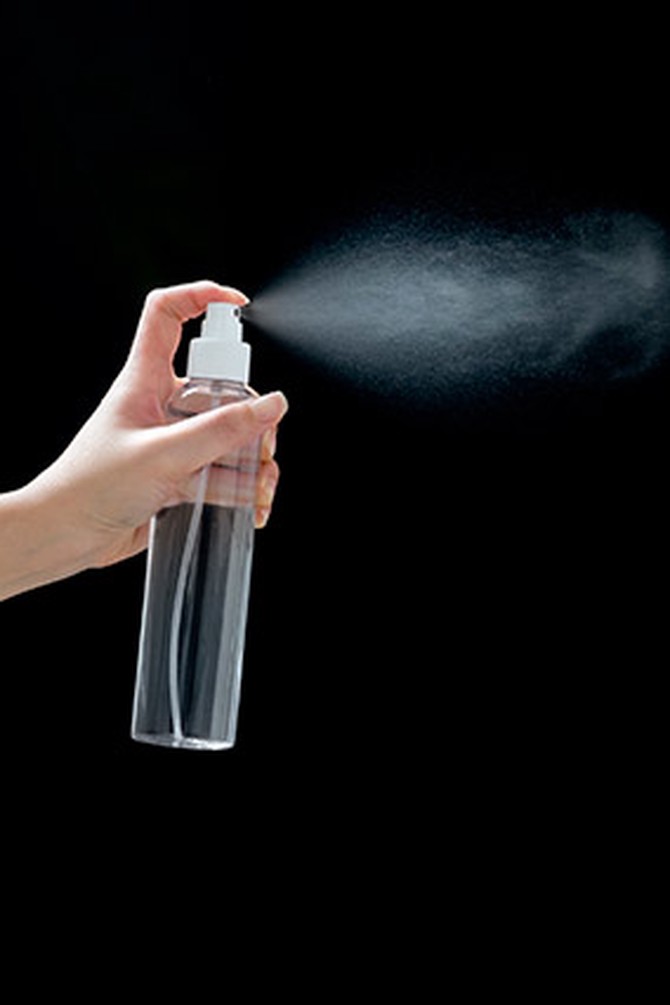
Photo: Thinkstock
What lures you in: Lemon, pine and other simple smells
How it keeps you spending: Any commuter who has ever passed a cinnamon-bun shop knows that smells can drive sales. But not every delicious scent is "commercially inspiring," says Eric Spangenberg, PhD, MBA, a dean at the College of Business at Washington State University. Shoppers spent 20 percent more money when there was a subtle background scent in the air, he found...but only when the odor was simple, not complex (for instance, a plain orange, lemon or pine scent was much more effective than an equally pleasant-smelling orange-basil-green tea blend). The brain has limited processing capacity, Dr. Spangenberg concluded, and blended scents may inhibit focus because they require more cognitive bandwidth.
How it keeps you spending: Any commuter who has ever passed a cinnamon-bun shop knows that smells can drive sales. But not every delicious scent is "commercially inspiring," says Eric Spangenberg, PhD, MBA, a dean at the College of Business at Washington State University. Shoppers spent 20 percent more money when there was a subtle background scent in the air, he found...but only when the odor was simple, not complex (for instance, a plain orange, lemon or pine scent was much more effective than an equally pleasant-smelling orange-basil-green tea blend). The brain has limited processing capacity, Dr. Spangenberg concluded, and blended scents may inhibit focus because they require more cognitive bandwidth.
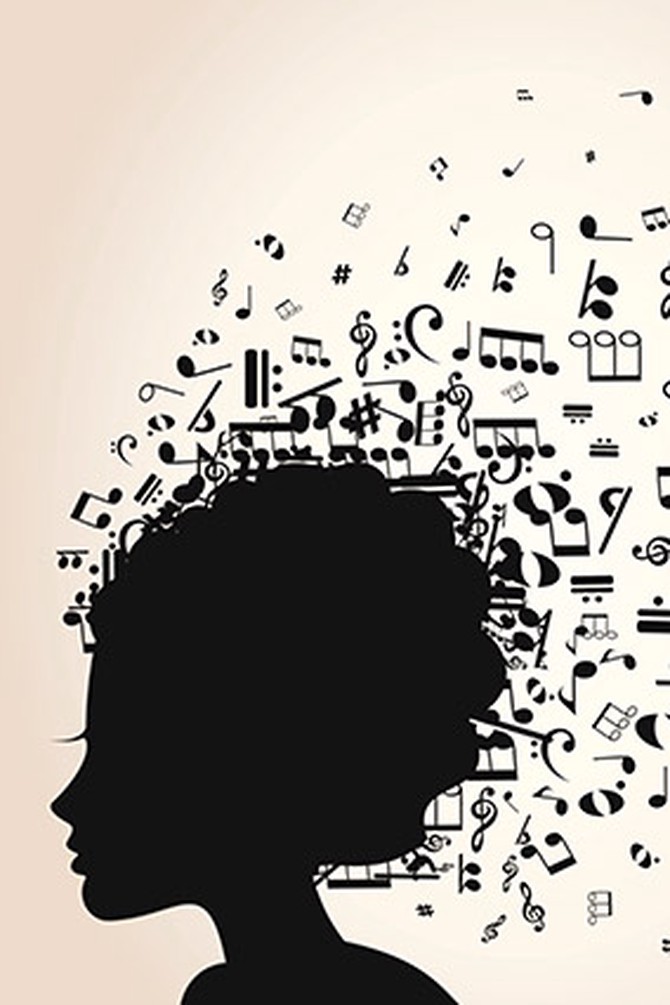
Photo: Thinkstock
What lures you: Music like Adele's "Turning Tables" and Led Zeppelin's "Stairway to Heaven"
How it keeps you spending: Pop/rock songs that are relatively slow (fewer than 95 beats per minute) and set in a minor key lead us to buy more, found Dr. Spangenberg and his colleagues in a recent study. People spent 12 percent more money when the store's sound system played soulful hits compared to bubblier ones. The slower beat slows down a shopper's pace, the study suggests, while the melancholy (or at least emotionally ambiguous) minor key may elicit the need for "mood repair"—which can be alleviated by...retail therapy.
How it keeps you spending: Pop/rock songs that are relatively slow (fewer than 95 beats per minute) and set in a minor key lead us to buy more, found Dr. Spangenberg and his colleagues in a recent study. People spent 12 percent more money when the store's sound system played soulful hits compared to bubblier ones. The slower beat slows down a shopper's pace, the study suggests, while the melancholy (or at least emotionally ambiguous) minor key may elicit the need for "mood repair"—which can be alleviated by...retail therapy.
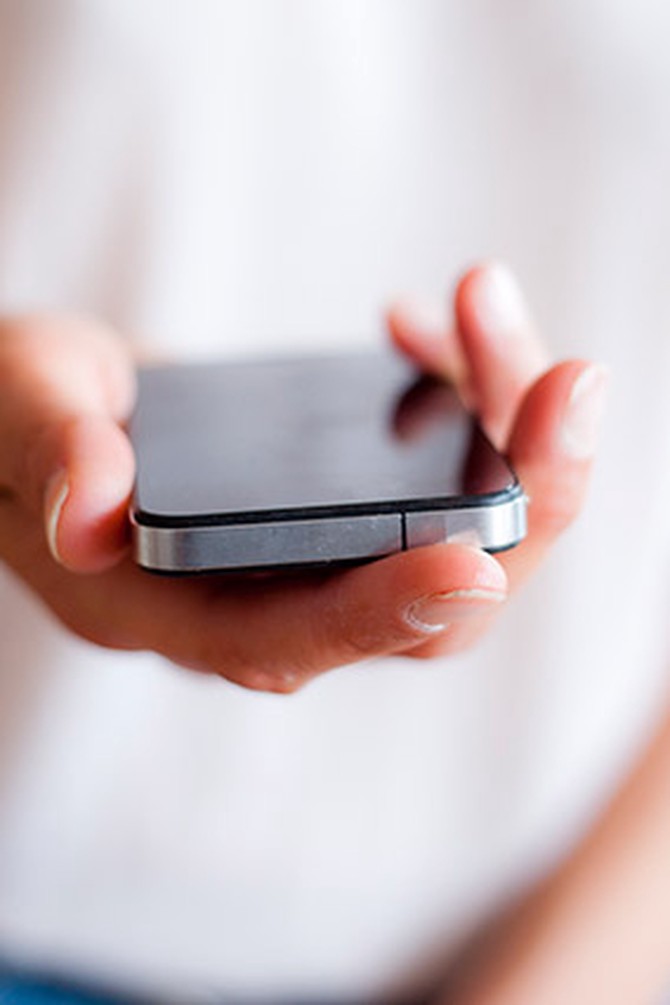
Photo: Thinkstock
What lures you in: Touching shiny, smooth, new grown-up toys like iPhones
How it keeps you spending: Touch all those glossy gadgets and you'll crave them more, explain researchers in a study at the University of Wisconsin-Madison's business school. Having any contact with an object—as long as it feels good, or even just okay—makes us feel connected to it and in control of it in a proprietary way. (Think twice about those "Feel Me, Try Me, Squeeze Me" signs.) And watch your wallet, because after you've handled an item you'll perceive it as being worth more than its actual value, and you''d pay more to own it. (Subjects who held hats, mugs, DVDs and other trinkets in a Caltech study said they'd pay about 50 percent more for them than did the hands-off group.)
How it keeps you spending: Touch all those glossy gadgets and you'll crave them more, explain researchers in a study at the University of Wisconsin-Madison's business school. Having any contact with an object—as long as it feels good, or even just okay—makes us feel connected to it and in control of it in a proprietary way. (Think twice about those "Feel Me, Try Me, Squeeze Me" signs.) And watch your wallet, because after you've handled an item you'll perceive it as being worth more than its actual value, and you''d pay more to own it. (Subjects who held hats, mugs, DVDs and other trinkets in a Caltech study said they'd pay about 50 percent more for them than did the hands-off group.)
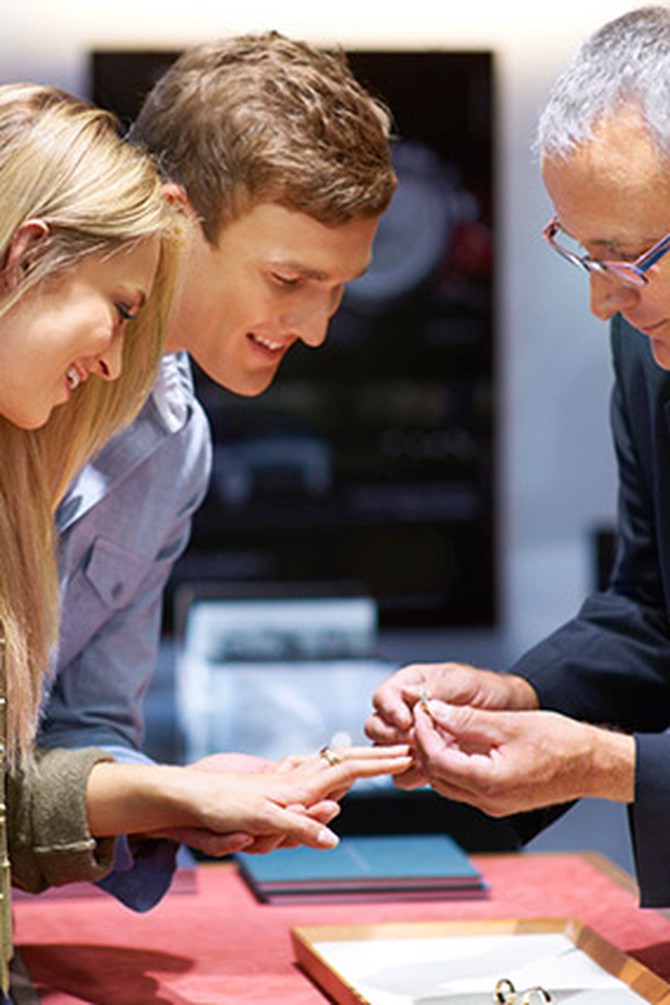
Photo: Thinkstock
What lures you in: The clerk insisting that you don't need to buy anything
How it keeps you spending: Pay attention when the salesman smoothly says you must buy that diamond-encrusted bracelet, but you are free [to say no]. He's using BYAF—but you are free—an alluring new pitch. An analysis of more than 40 studies on BYAF found these four words are persuasive in just about any sales situation, roughly doubling—doubling!—chances that people comply with a request, concluded researchers at the University of Illinois. The reason the phrase works is that it's disarming; when we hear salespeople talk about our freedom as consumers, we feel less threatened and more in control...so we say yes. It's classic reverse psychology. The best defense against BYAF? To embrace it fully. You really are free to say no.
Next: 5 moments you're most likely to overspend
How it keeps you spending: Pay attention when the salesman smoothly says you must buy that diamond-encrusted bracelet, but you are free [to say no]. He's using BYAF—but you are free—an alluring new pitch. An analysis of more than 40 studies on BYAF found these four words are persuasive in just about any sales situation, roughly doubling—doubling!—chances that people comply with a request, concluded researchers at the University of Illinois. The reason the phrase works is that it's disarming; when we hear salespeople talk about our freedom as consumers, we feel less threatened and more in control...so we say yes. It's classic reverse psychology. The best defense against BYAF? To embrace it fully. You really are free to say no.
Next: 5 moments you're most likely to overspend
Published 01/13/2014

